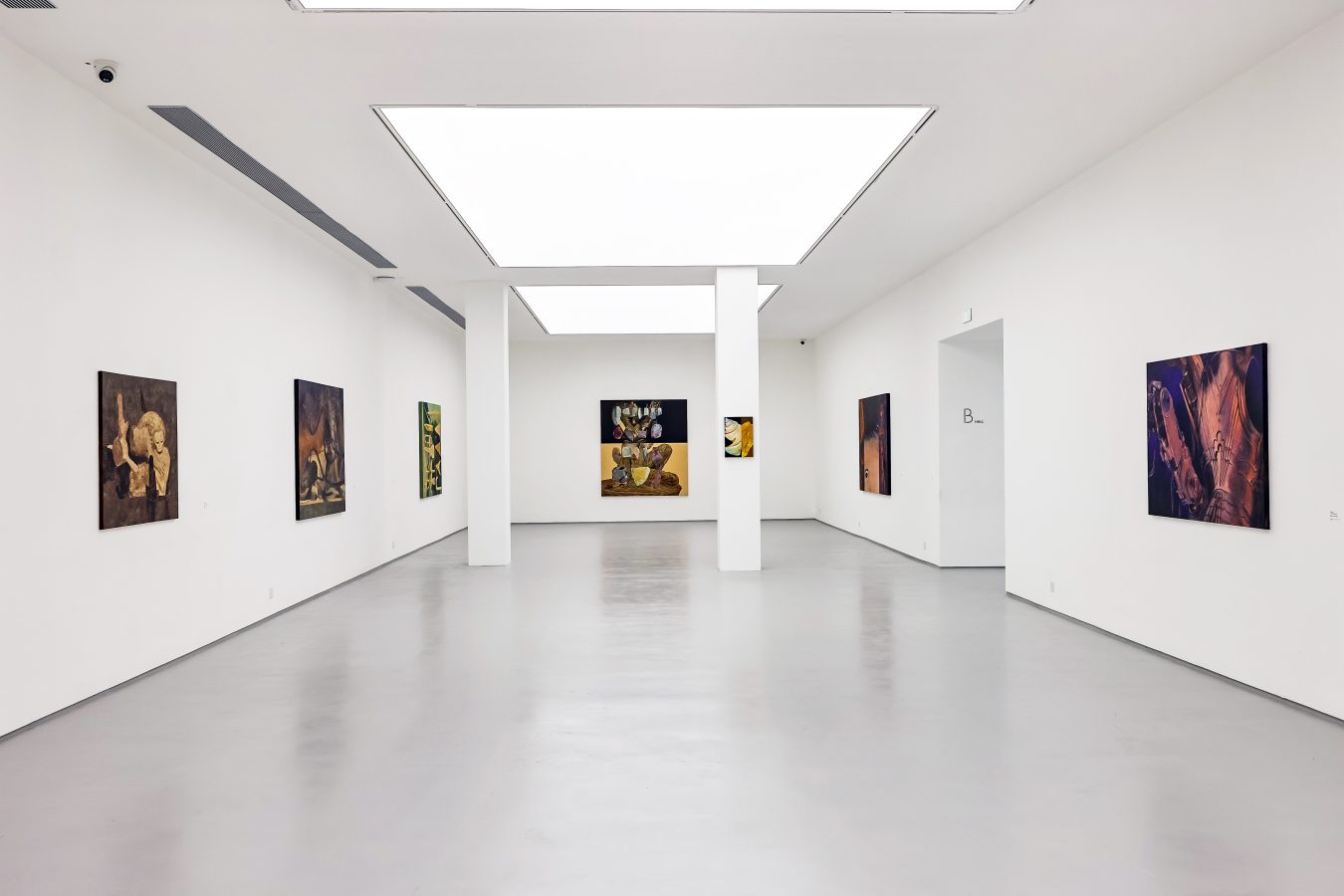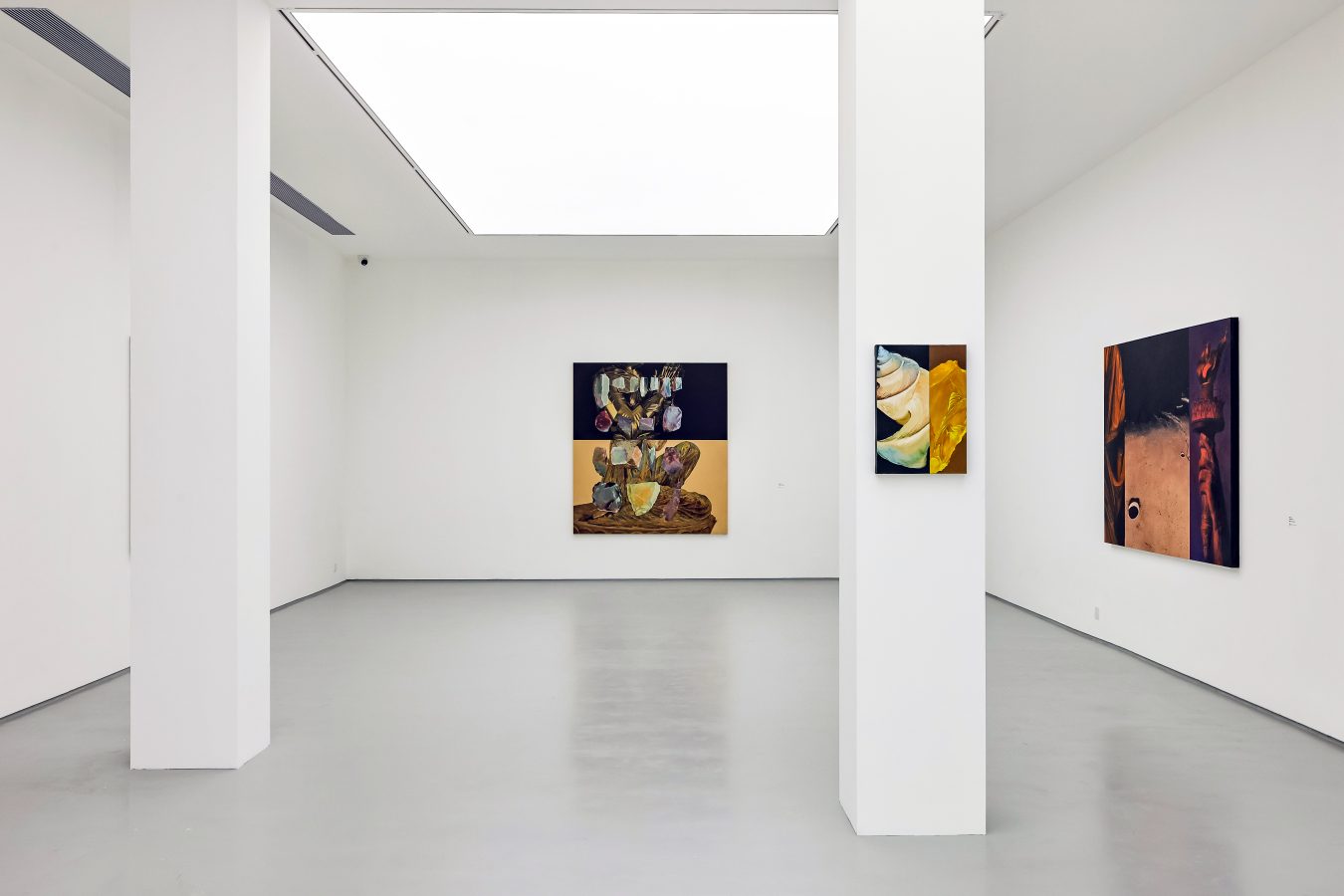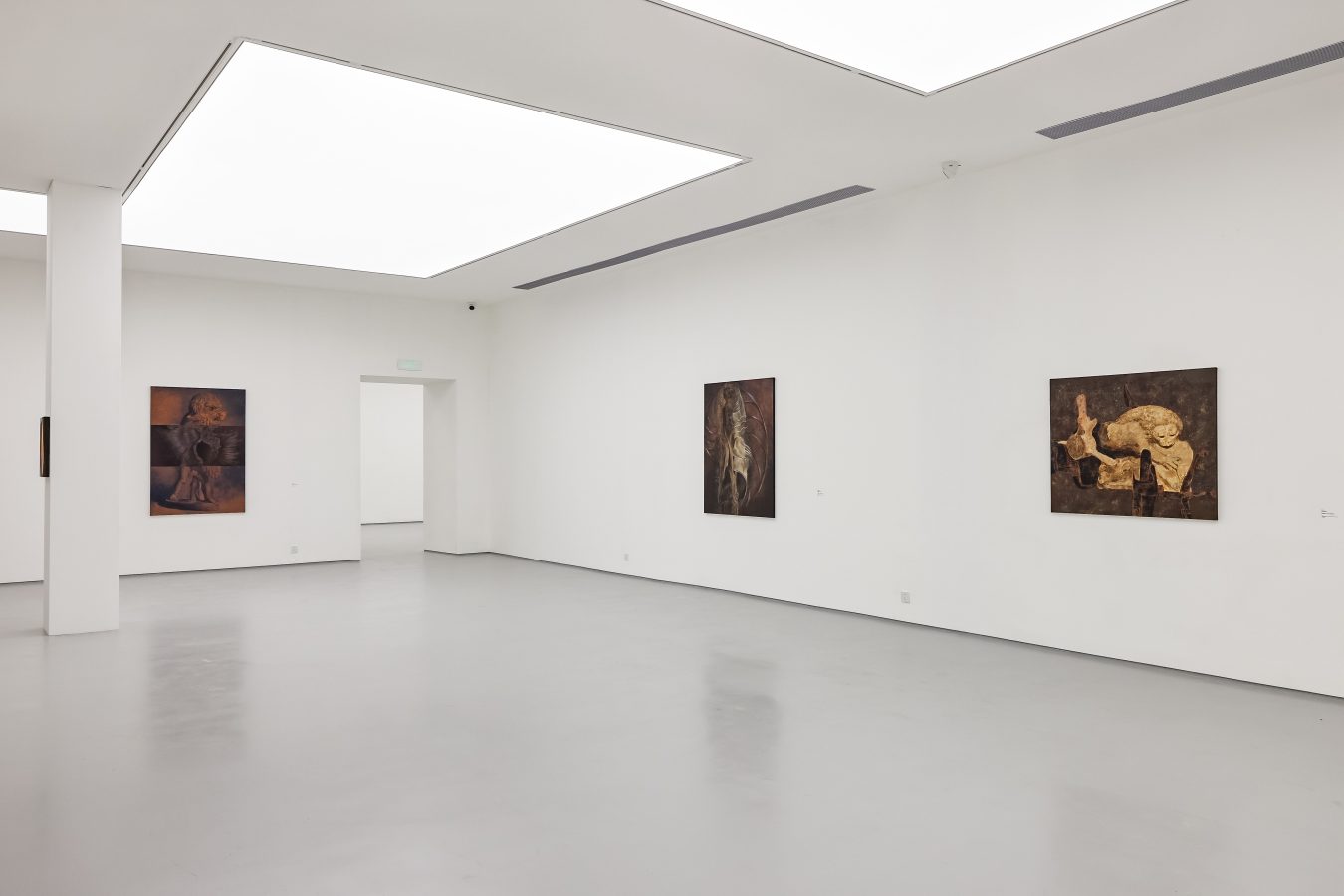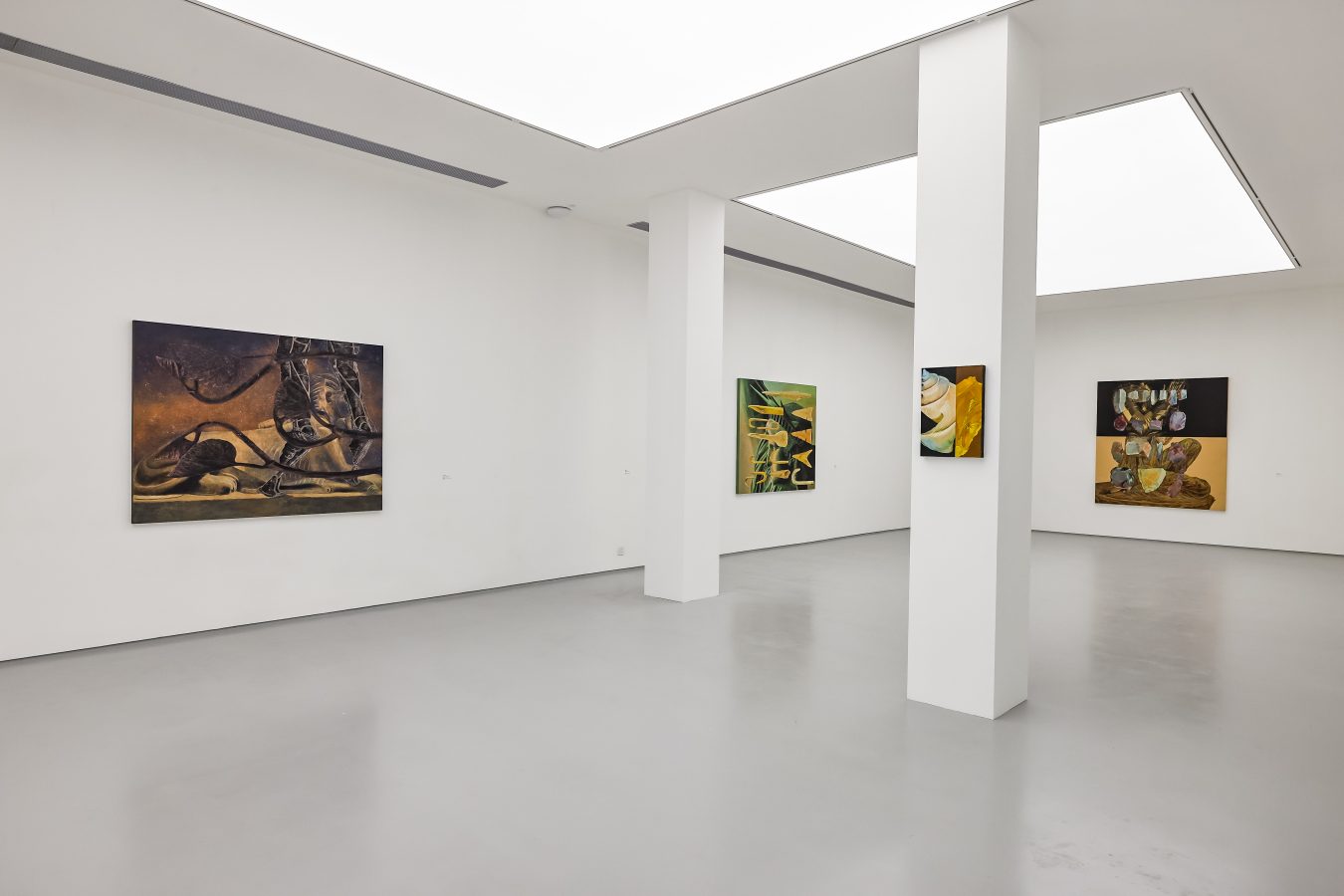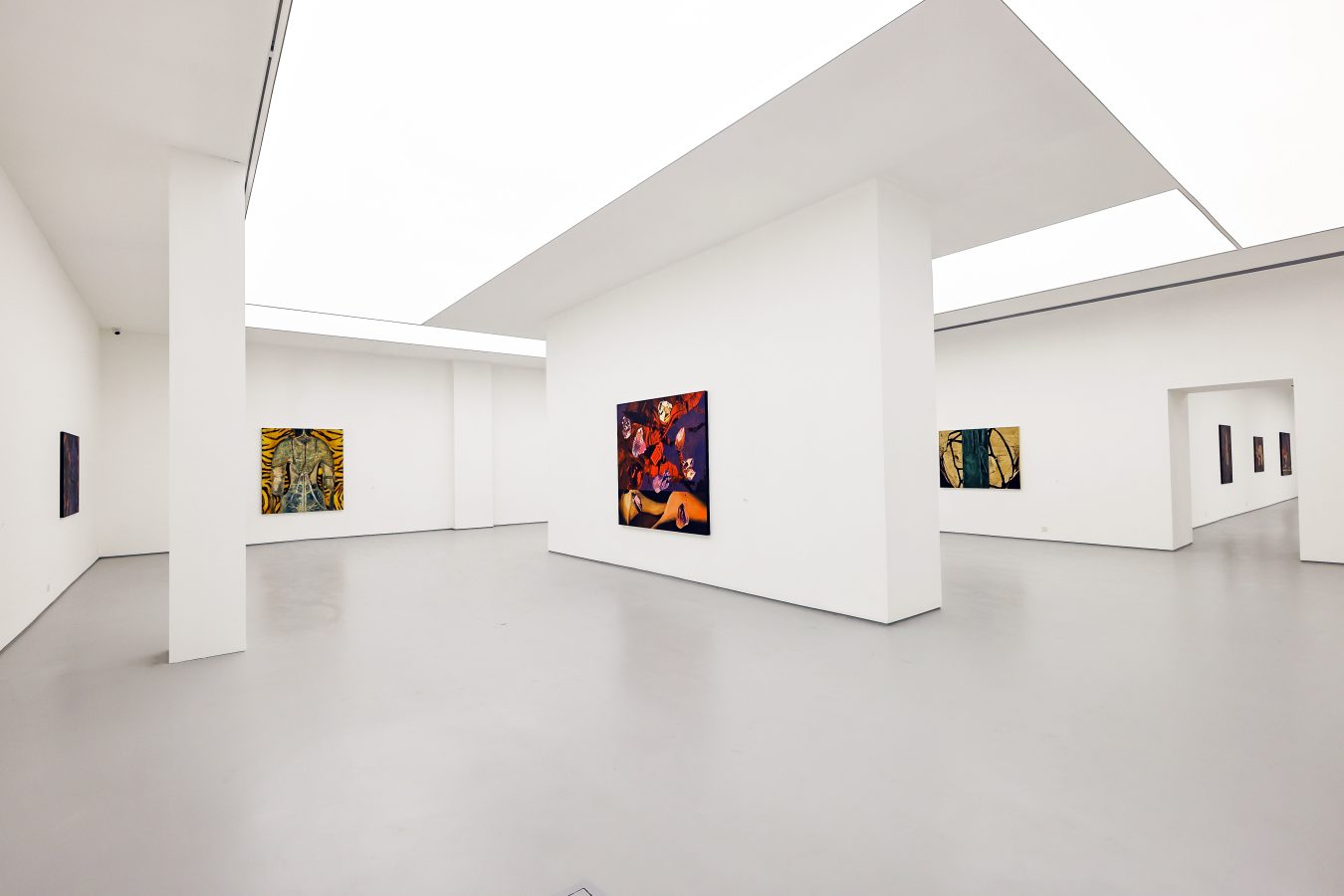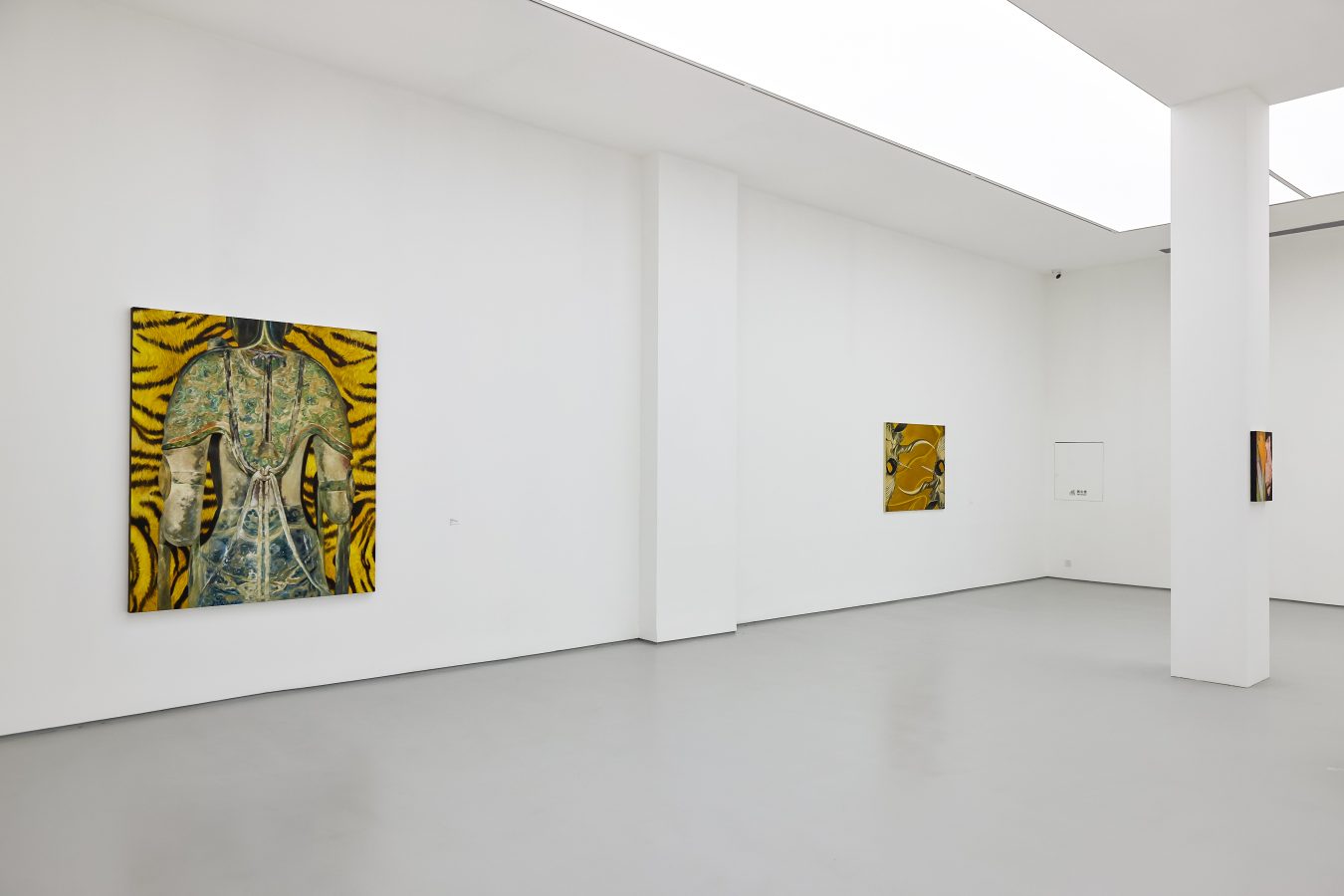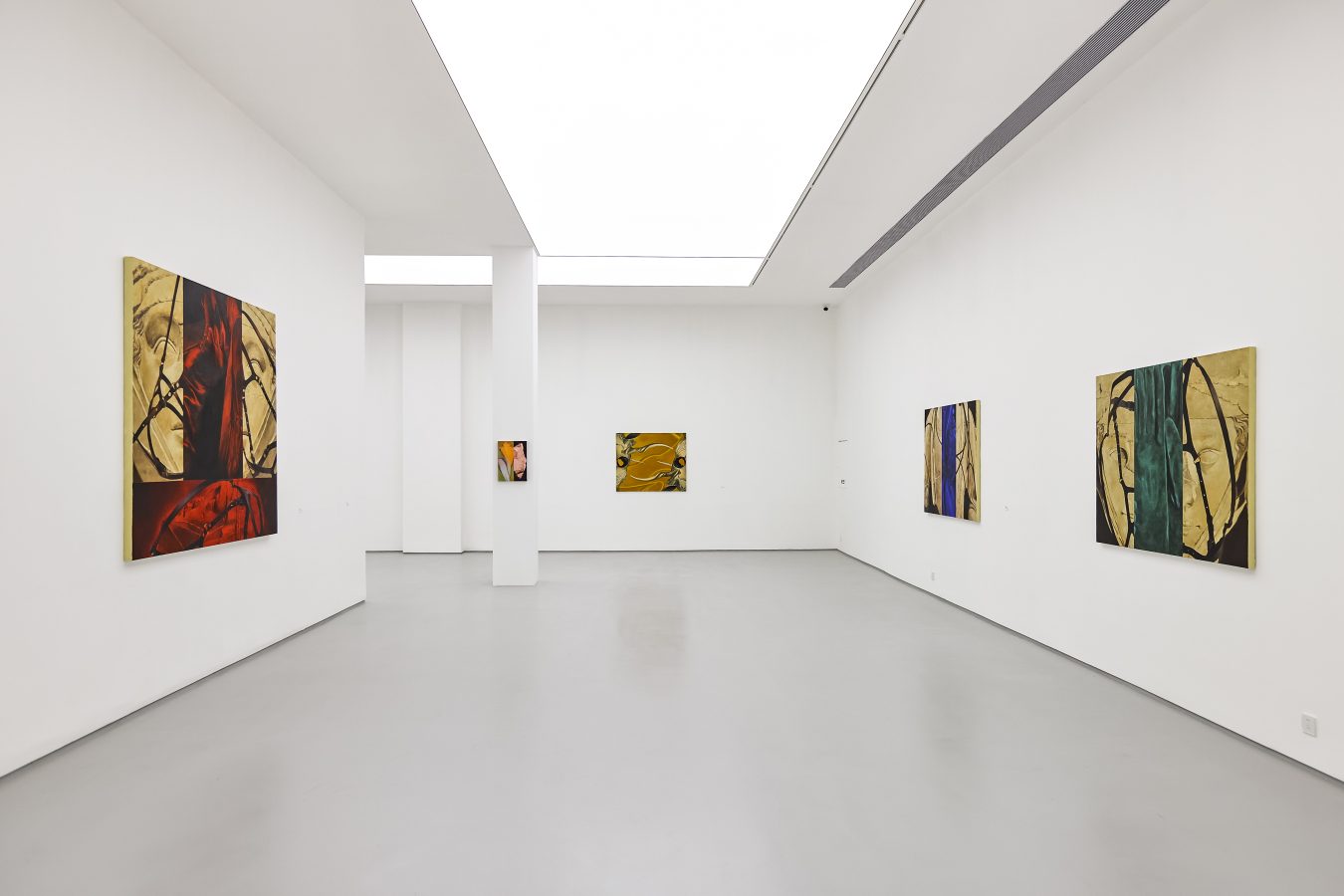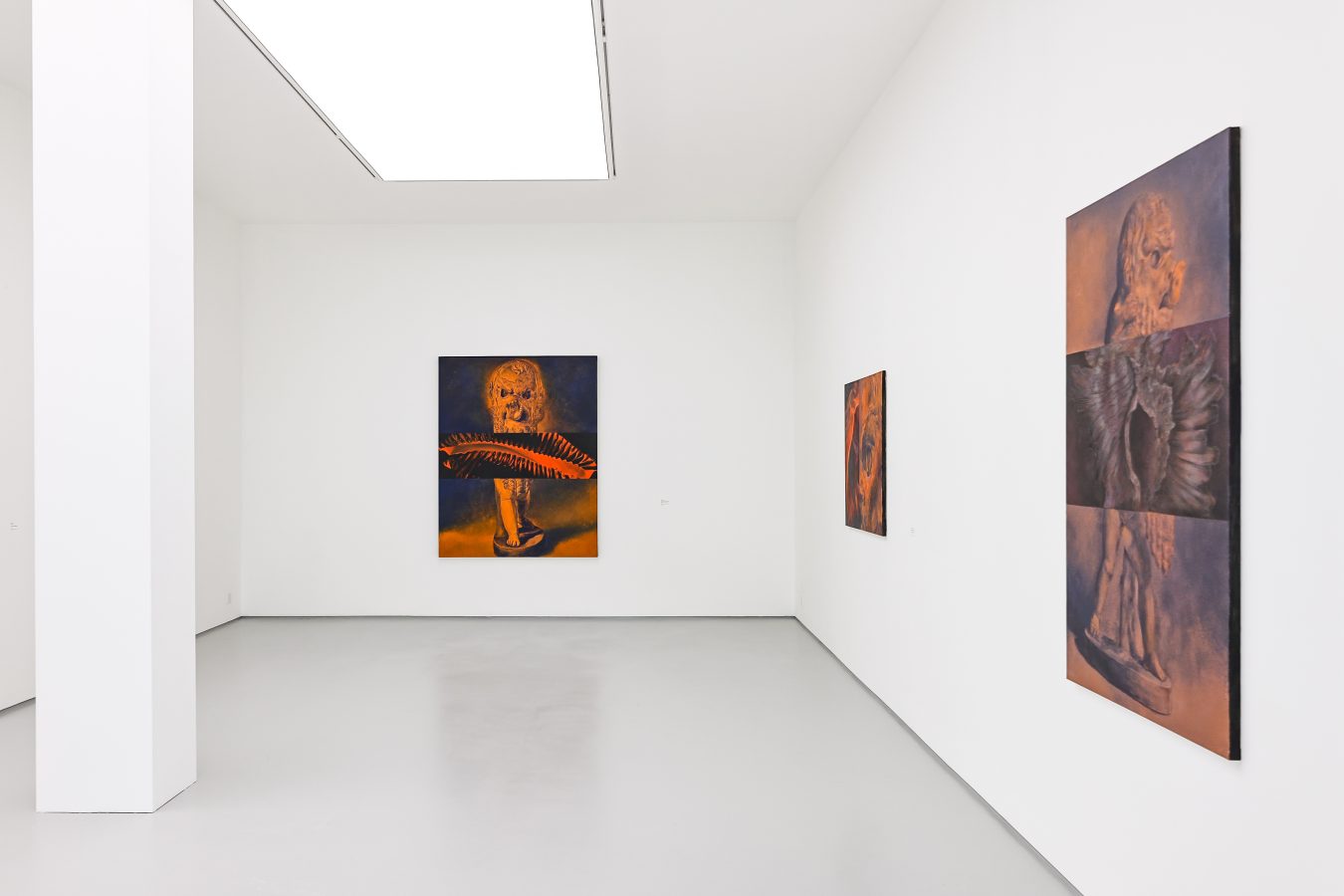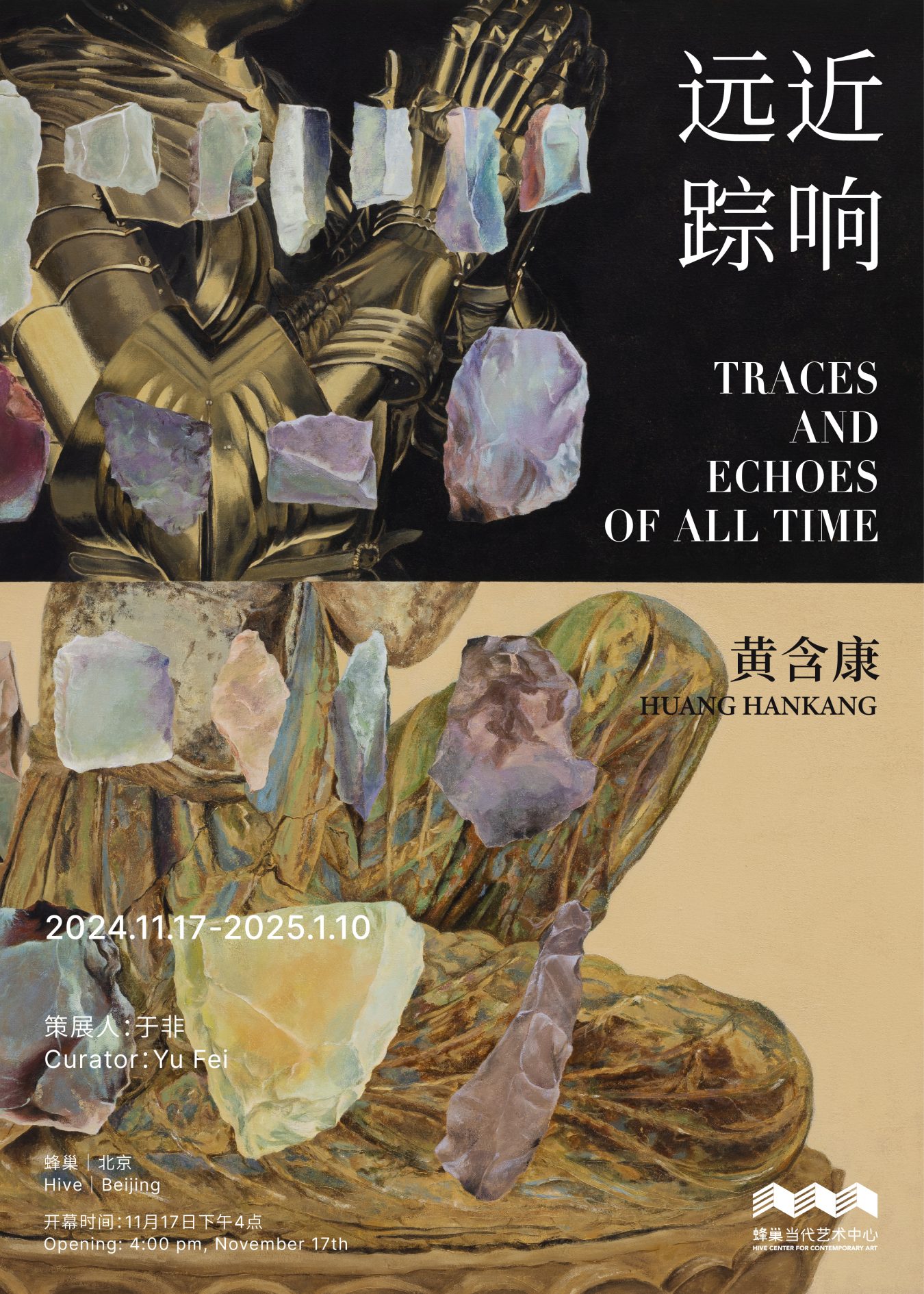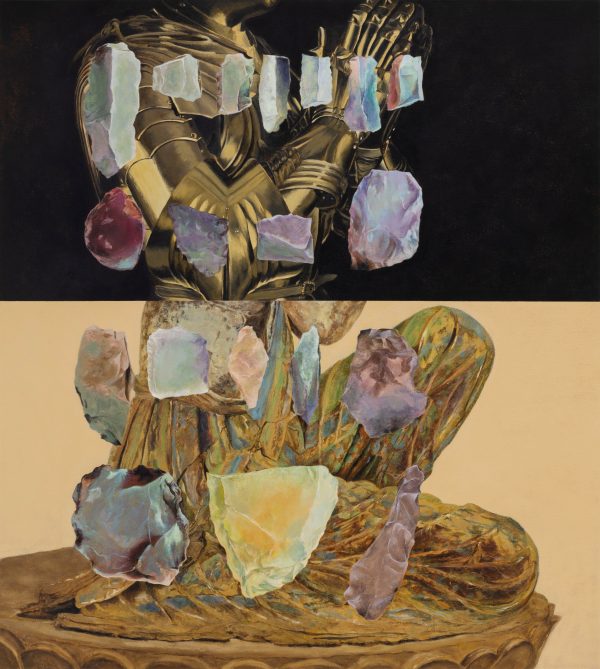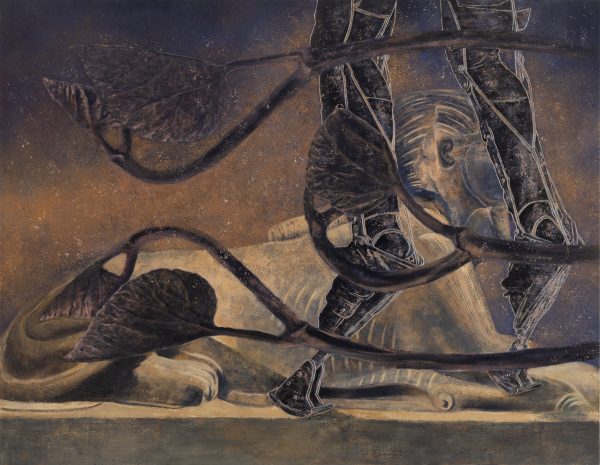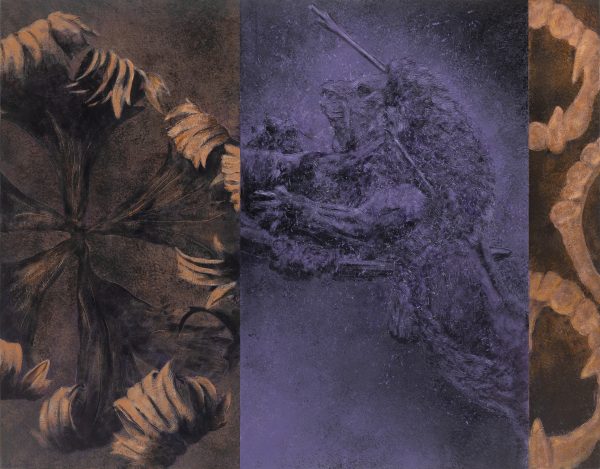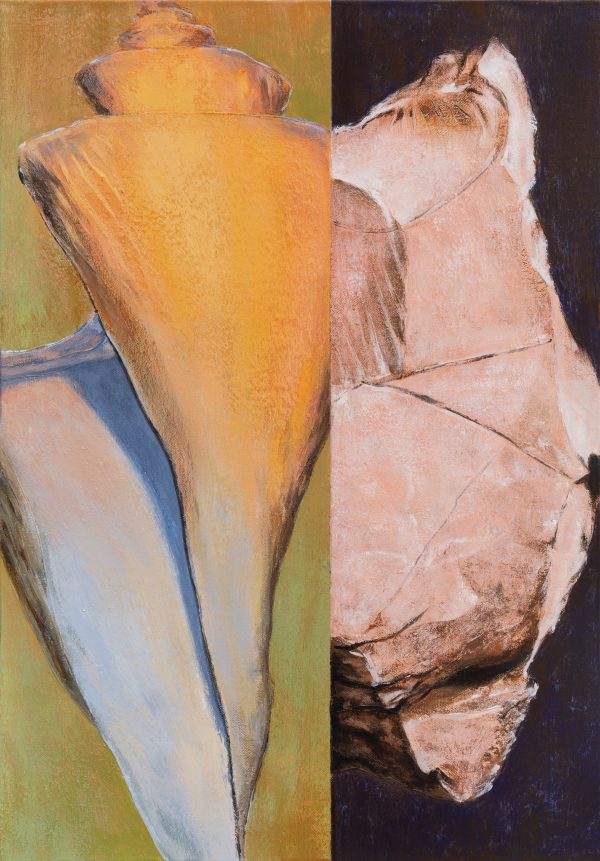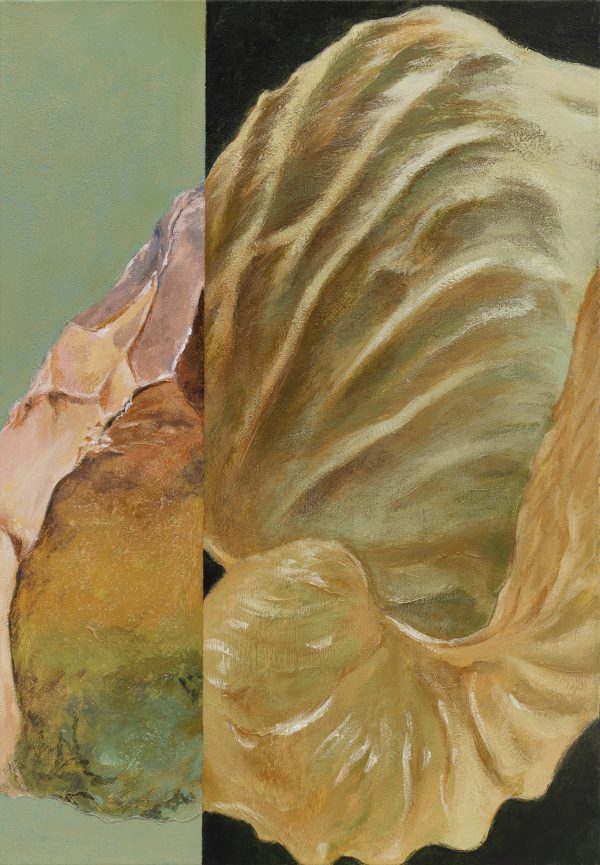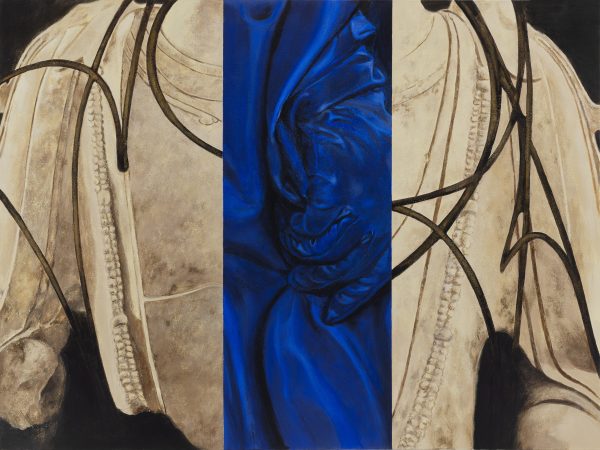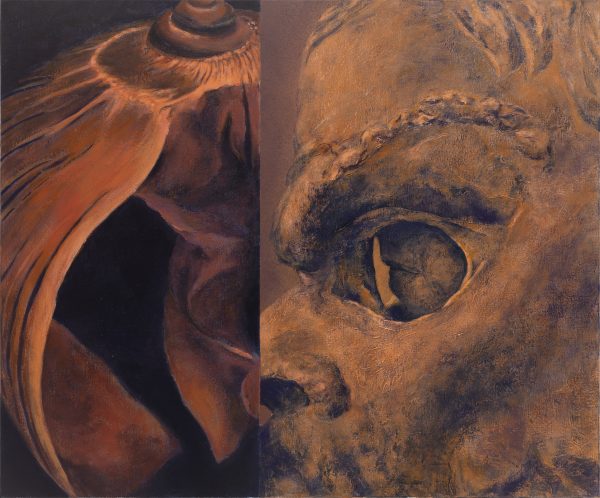Hive Center for Contemporary Art is pleased to announce the presentation of Huang Hankang’s solo exhibition, “Traces and Echoes of All Time”, which focuses on his latest painting practice. This show is curated by Yu Fei. Opening on 17 November 2024 in Galleries B and C at Hive Beijing, this exhibition runs until 10 January 2025.
Undoubtedly, cross-cultural experience serves as the foundation for Huang Hankang’s personal practice. From Suzhou to Paris, from the familial tradition of antiquities research to the vanguard of contemporary thinking, Huang has acquired different perspectives in his journey from the “old” to the “new” and has continued to cultivate a diverse experience and understanding of “difference” and “similarities”. Therefore, he departed on an increasingly extensive cultural exploration, retrieving the material remains of various civilizations that reflect the styles of the times. He never indulges in the infinite beauty in the details of vast antiquities, because after all, “a glimpse of the leopard through a tube cannot reveal the whole”; he seeks to penetrate all things through his practice, to connect the intricate threads of causality behind the objects and phenomena, and to ultimately approach the truth of the world.
The exhibition “Traces and Echoes of All Time” thus unveils Huang Hankang’s adventures over the past year, where he captures the traces of civilizations and the echoes of history from the intertwining and correspondence of the remains of time. All the trails left behind by the expeditions in the history of humanity have converged into the reality we are now living in, and the meaning and truth of civilization are precisely embedded in the indirect confrontation between the relative relationships of different trails. In this way, Huang uses painting as a method to encapsulate and juxtapose a myriad of images and deliberately selects and places seemingly unrelated objects in the same frame: the Oriental Buddha statue with the medieval armour, the Sphinx and the mechanical limbs, the Statue of Liberty and clusters of ancient arrow, etc., leaving them sufficiently distant from each other in terms of time, geography, and semantics. Here, within this carefully constructed gap where conflict and intersection coexist, the glories and ghosts of human civilizations become tightly intertwined.
Huang Hankang excels at hiding himself behind a multitude of objects and images. This time, he gathers rocks and catches conches along the long stretch of visual archaeology, leaving them scattered everywhere in the pictures and space so that they become signposts for solving the maze of images. From the very beginning, the land and the sea have always been the two connected matrixes inseparable from the development of human civilization, where the cycle of life, birth, evolution, and demise, is unfailingly repeated. The history of the rock and the conch started from prehistory and participated in the internal establishment of human civilization in different roles as though by destiny. But more often than not, they are silent onlookers, witnessing everything that happens between the land and the sea in a nearly timeless manner.

